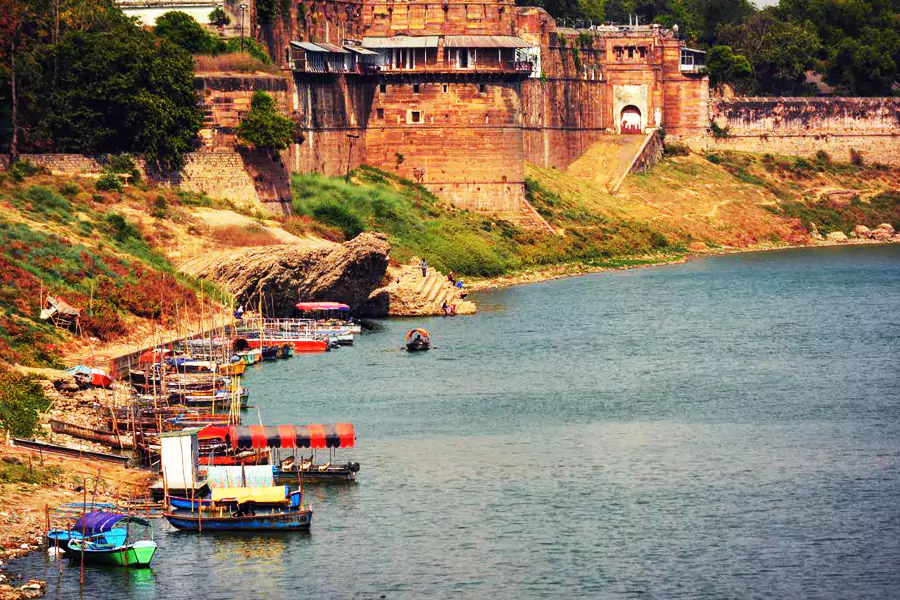
Prayagraj Fort

Prayagraj Fort: Apart from being a popular sightseeing place in Prayagraj, the park also serves as an important historical site in the city. It is the place where the declaration of Queen Victoria's proclamation was read out by Earl Canning in the year 1858. At present, the park serves as one of the ideal places in Prayagraj for the people of the city to spend a day with friends and family.
Prayagraj Fort, also known as Allahabad Fort, is an ancient and historically significant fort located in the city of Prayagraj (formerly Allahabad) in Uttar Pradesh, India. It is situated at the confluence of the Ganges and Yamuna rivers, known as the Triveni Sangam, making it a strategic location with immense military importance in the past.
The fort was originally constructed during the reign of Emperor Akbar in the late 16th century. It was built on the foundations of an earlier fort dating back to the time of Emperor Ashoka in the 3rd century BCE. Emperor Akbar chose the site to establish a military outpost and to consolidate Mughal power in the region.
Prayagraj Fort is an architectural marvel, reflecting a blend of Hindu, Islamic, and Mughal architectural styles. It is enclosed within massive sandstone walls and encompasses a large area, which includes several palaces, mosques, temples, and gardens. The fort's design and structure showcase the strategic foresight of its builders, emphasizing its military significance.
One of the notable features of the fort is the Akshaya Vat, an ancient banyan tree located within its premises. The Akshaya Vat is considered immortal and holds great religious importance for Hindus. According to local beliefs, Lord Rama is said to have visited this tree, making it a sacred spot for devotees.
The fort has witnessed several historical events and played a pivotal role in India's history. It was the site of the historic treaty between the Mughal Emperor Shah Jahan and the English East India Company in the 17th century, establishing trade relations between the Mughal Empire and the British.
During the Indian Rebellion of 1857 (also known as the First War of Indian Independence), the fort became a significant center of resistance against the British East India Company. The rebellion led to the capture of the fort by the Indian forces, and it remained under their control until the British recaptured it.
Today, Prayagraj Fort is under the protection of the Archaeological Survey of India (ASI) and is open to the public as a historical monument. Visitors can explore the well-preserved structures and learn about the fort's rich history through informative displays and guided tours.
In addition to its historical significance, Prayagraj Fort serves as a venue for cultural events, especially during the Kumbh Mela, which is held every twelve years in Prayagraj. The fort provides a breathtaking backdrop for the grand religious festivities and attracts millions of pilgrims from all over the world.
Prayagraj Fort is a majestic and historically significant monument that stands as a testament to India's rich heritage and the convergence of different cultures and dynasties. It symbolizes the region's strategic and military importance and holds immense religious significance as the location of the Triveni Sangam. With its fascinating architecture and storied past, the fort remains an essential destination for history enthusiasts and spiritual seekers visiting the holy city of Prayagraj.
Important Link: Kumbh Mela Packages 2025







